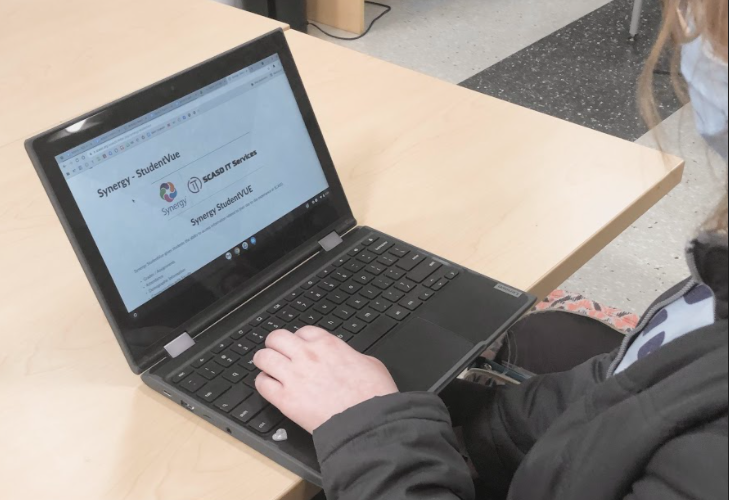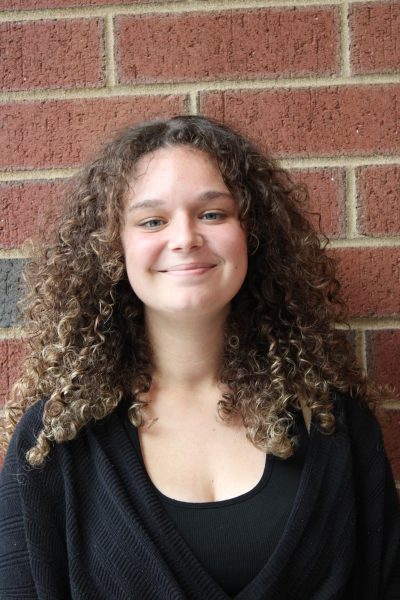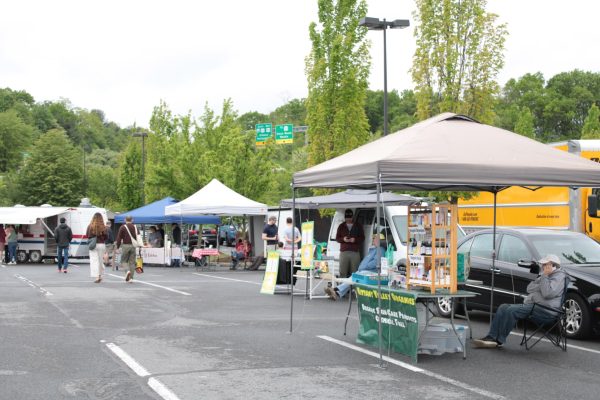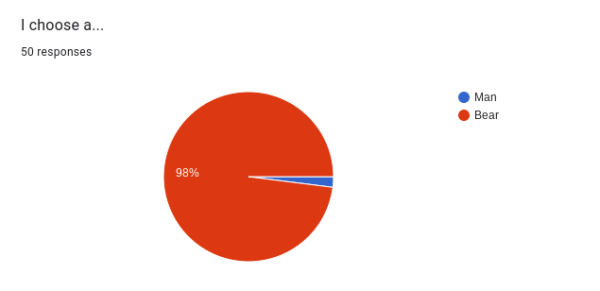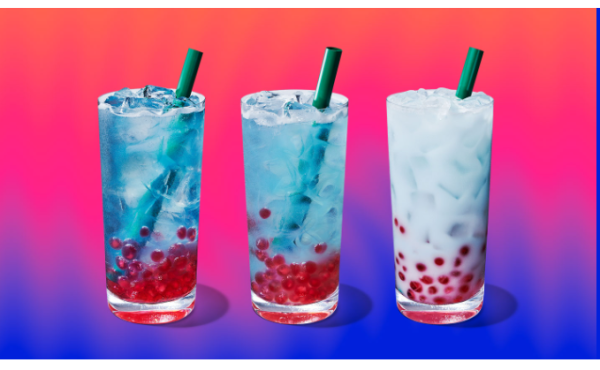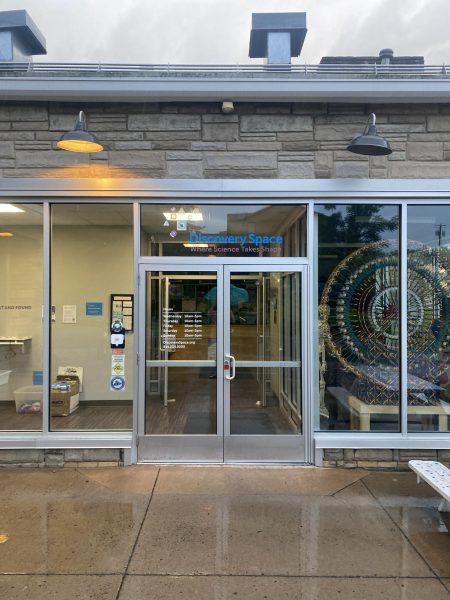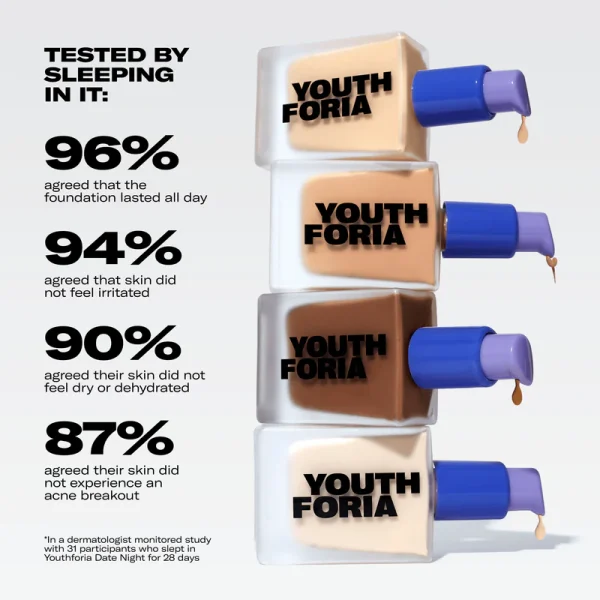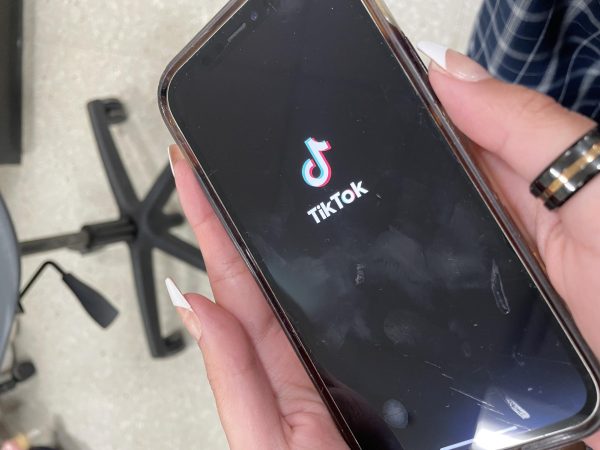Exploring the Change From Canvas to Synergy
Student exploring IT resources page, taken on Wednesday, Feb. 16.
March 23, 2022
For the 2022-2023 school year, the new Synergy grade book system will be introduced to SCASD as the main gateway for all grades, assignments, and registration information, fully replacing Canvas. The primary goal of this transition is to have one place for all students, teachers, and parents to view and input educational materials.
In recent years, SCASD schools have done quite a few transitions when it comes to new technology, some of the most recent being the switch from Google classroom to Canvas, and the switch from HAC/TAC (Home/Teacher Access Center) to Synergy Gradebook.
In an email to State High faculty, IT department members Justin Hetricks and Christine Merritt addressed the reason why Canvas was deemed inadequate.
“Canvas has been unable to successfully perform grade passback with either of our student information systems in an accurate manner, it has limitations that restrict teacher control, and has limited intuitiveness,” the email stated. It went on further to mention the displeasure of many teachers and staff, especially with components regarding extra credit, quiz modules, and differentiating between assignments.
There are mixed views on whether or not this shift is a good idea. Is this transition to Synergy that began in the fall of 2021—now being carried by some teachers known as “early adopters”—really successful and beneficial to everyone? To understand the pros of switching to Synergy, an early adopter of the new system provided their take on the situation.
“I did at first [have trouble with Synergy] because it was a new process. Now I find it to be somewhat easier,” said Elizabeth Delafield, a social studies teacher at State High.
Delafield uses Synergy in all the classes she teaches, although the main task of submitting and transferring assignments happens in her AP World History classes. In her experience, Delafield finds that while Synergy might seem more chaotic due to all of its various applications gathered in one spot, it’s actually more simple in the long run.
“I can type everything in—what the point value is, when it’s due, what unit it belongs to, like the whole nine yards I can do on one screen, where in Canvas you kind of create it, and then you have to go in it again and put it all in,” Delafield explained. “It’s a two-stop process with Canvas, whereas Synergy is a one-stop process.”
For many teachers like Delafield, having one spot for assignments makes it easier to not only post work but grade it and categorize it as well.
The extra strain of having numerous places for assignments and the problems caused when these places don’t communicate as they should is a large motivator of the transition to Synergy. The flexibility that Synergy gives teachers with having assignments created in one place makes it easier for them to control the pace of already published lessons. In the example of a snow day, if the loss of class time affects the lesson plan, Synergy allows more control over pushing back content or canceling assignments altogether, whereas Canvas would have that lengthier, multi-step process.
“I think the more familiar we are with different systems and how they work, the better it is actually for young people who are going out into the workforce, because you don’t know what your job is going to use or what your school is going to use, and learning to be flexible with different modes of computer programs is important,” Delafield said, bringing up a strong argument for the switch to Synergy.
Adaptability and problem solving are important components that are always hand in hand when it comes to embracing new technology. The objective of technology has always been to improve itself for our own benefit, and this goal for improvement requires constant change to get to that level.
With all these ideas in mind, the IT department made a committee of teachers, students, parents, and administrators at the beginning of the 2021 school year to judge whether or not Synergy would be a viable option. From this committee, two important decisions were made. The first being that Canvas would function in a read-only mode for teachers to view content from past years—unavailable for any further instruction—and that Google Classroom would be reintroduced as an enhancement for Synergy.
Google Classroom, even though ironically replaced by Canvas in recent years, made its comeback because of its better ability to sync with Synergy. It will help in the organization of assignments and in the creation of class course cards.
To support these changes, IT set up methods for helping the teachers volunteering as early adopters get used to the new system.
“When I said I would be an early adopter they sent someone assigned just to me…it was like another forty-five minutes to an hour of walking me through the process, [explaining] how I would use it, how does it work, [and] what are the little quirks that go with it. When I’ve had problems—cause I have, there have been a couple of little glitches—our tech people, just like that, [have] been on the ball ready to help me figure out what went wrong. So I feel supported,” Delafield commented.
Being able to support the teachers who are piloting the transition has been a big area of focus for the IT department, and at the moment there are approximately one hundred teachers who have already been trained to use Synergy for this year. The feedback from these teachers about their experience has been positive, and so it seems with adequate support, the full transition is likely to be successful.
But even with the fortunate outcomes so far, there are many who view Synergy as a step back rather than a step forward.
“Honestly, I really wouldn’t like [changing to Synergy] because Canvas is easier to see where everything is, and having to log into Synergy every single time to even just view my grades or just turn something in is really tedious, [and] just not something I want to do every single time I need to do something in accordance with my grades, which is like all the time,” senior Ella Corson said.
Corson elaborated on their views on the switch to Synergy, sharing that they don’t see the motivation for the change.
“I mean we switched to Canvas because Penn State switched to Canvas and Penn State hasn’t really changed; they’re still using Canvas,” Corson added. “If it’s working for them and it’s working for us, I really don’t think we should change it at all and I haven’t really seen that many complaints with Canvas—whereas like everyone has something bad to say about Synergy.”
This view is shared with many students, who don’t see the reason to change after just getting used to Canvas.
“Canvas is just like ten times better because I don’t use Synergy that much, to be honest,” sophomore Barbara Peregrina-Rodriguez said. “I never go on that. But I don’t know, I just like Canvas.” Many students are more comfortable with Canvas, with its features being familiar and more user-friendly to them than those of Synergy, whose applications are still confusing, slower, and harder to use due to lack of instruction.
“I like how Canvas shows you everything, just like right there, and tells you what assignments you’re missing,” Peregrina-Rodriguez continued, elaborating on the benefits of Canvas.
Whereas many early adopter teachers found Synergy to be more straightforward, it seems Canvas also has that similar quality for those turning in assignments rather than creating them.
While the IT department was unavailable at the current time of this publication to share their view on these issues, in their previously quoted email to faculty, they do address this perspective.
“We understand that this platform [Synergy] may not meet every group’s unique needs that have been developed inside of Canvas, but we are committed to getting everyone started together and growing from there,” IT said in the email.
With the promises of more flexibility, easier grade input and output, and all educational content being more accessible, Synergy seems to have the potential to be successful in the future. But with so many students now comfortable with Canvas, is it really worth giving up? And will Synergy soon be replaced by another system just as quickly as Canvas was? But despite these concerns, it’s is important to keep in mind that even while change may be hard to get used to, it is done to help benefit us more.

